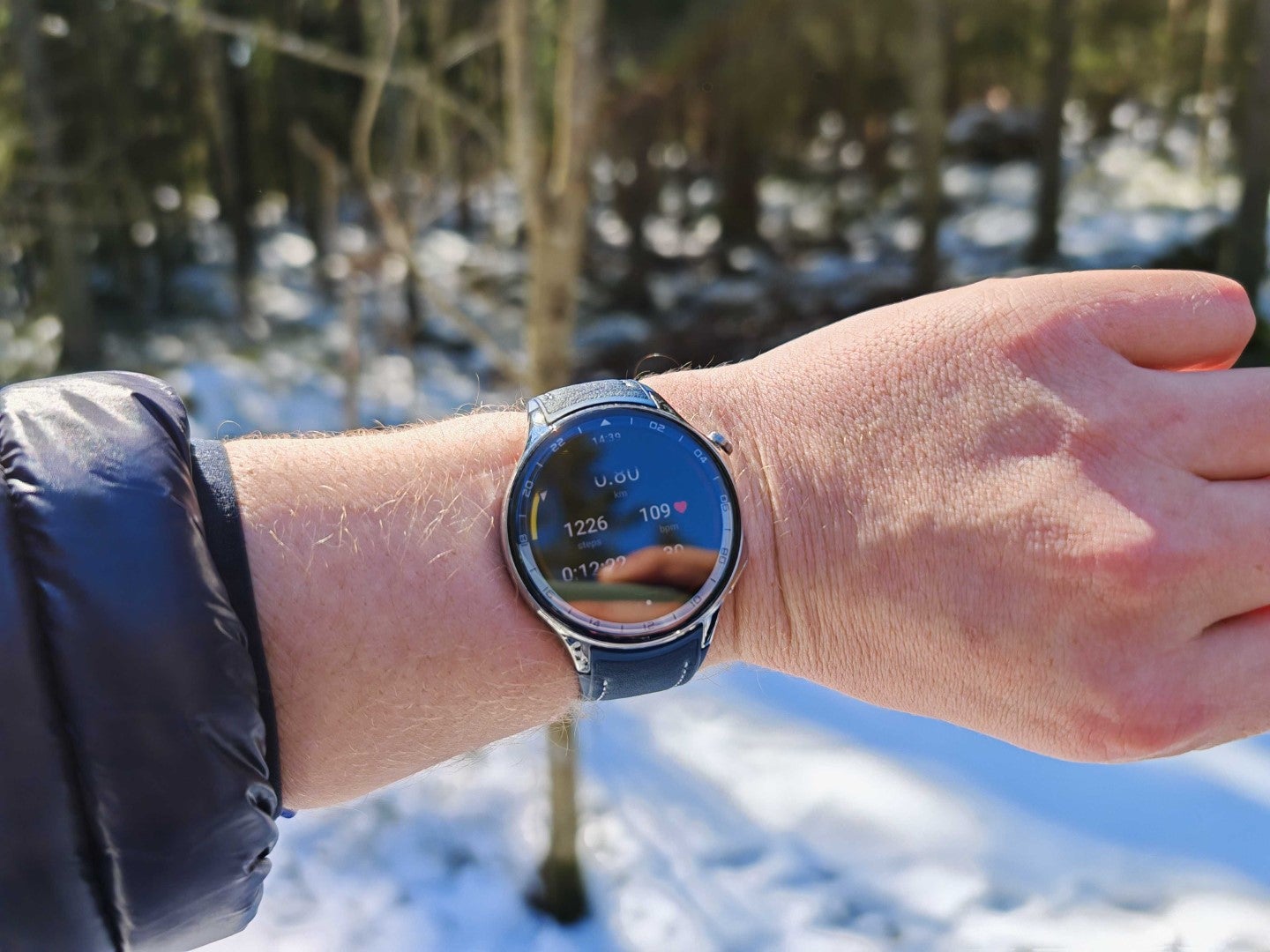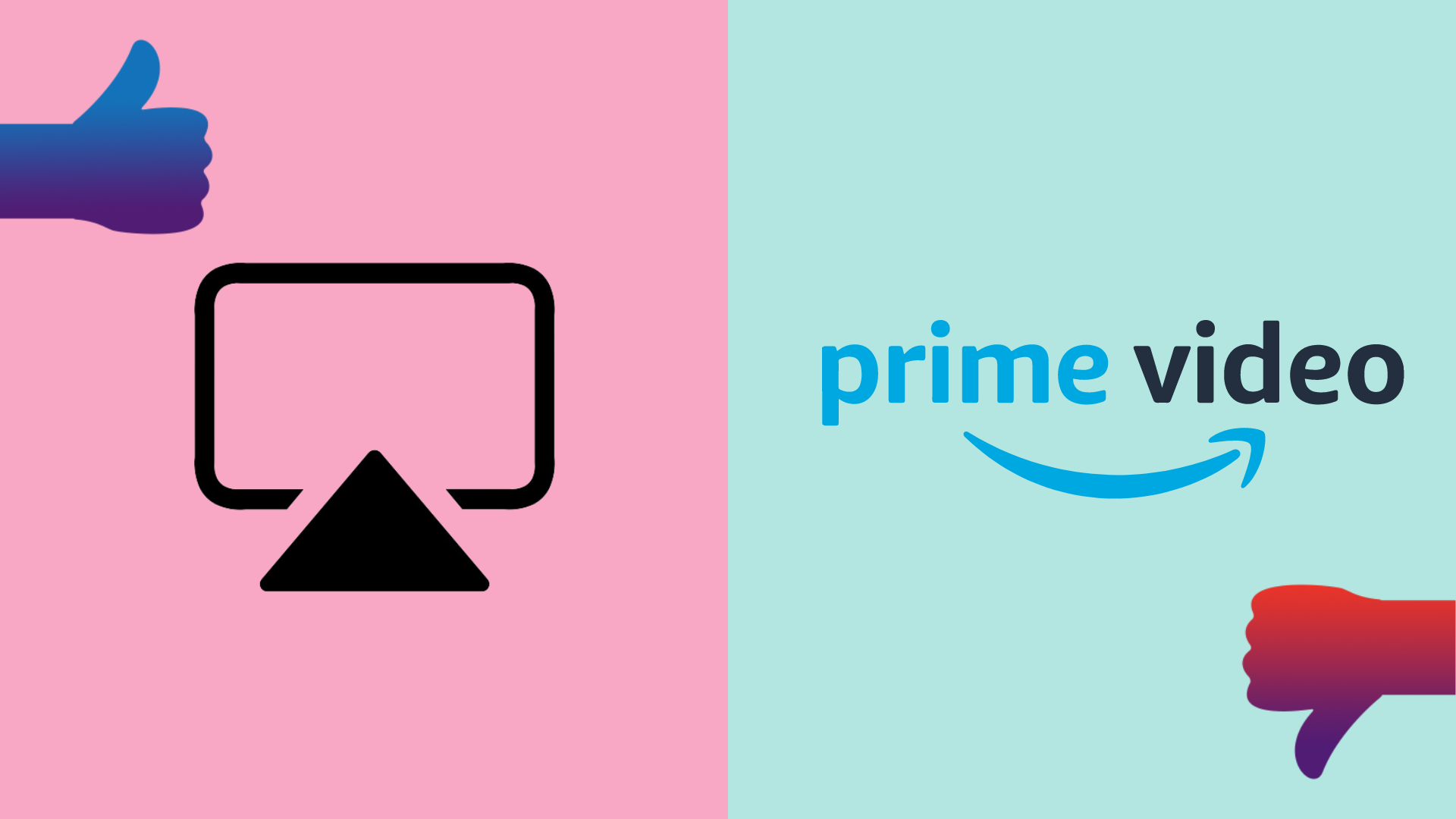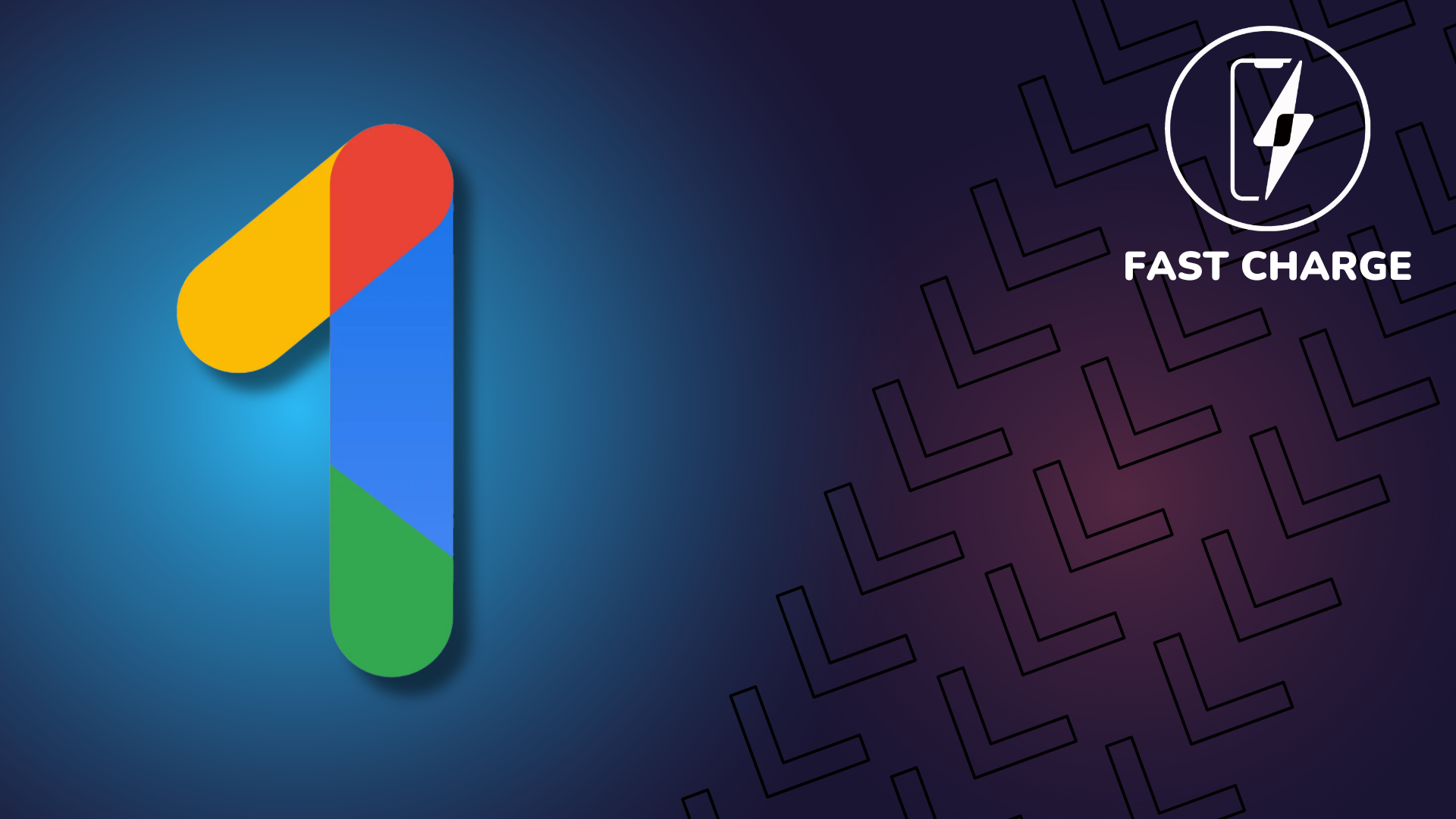Ctrl+Alt+Delete: PlayStation VR 2 would be better off without eye tracking
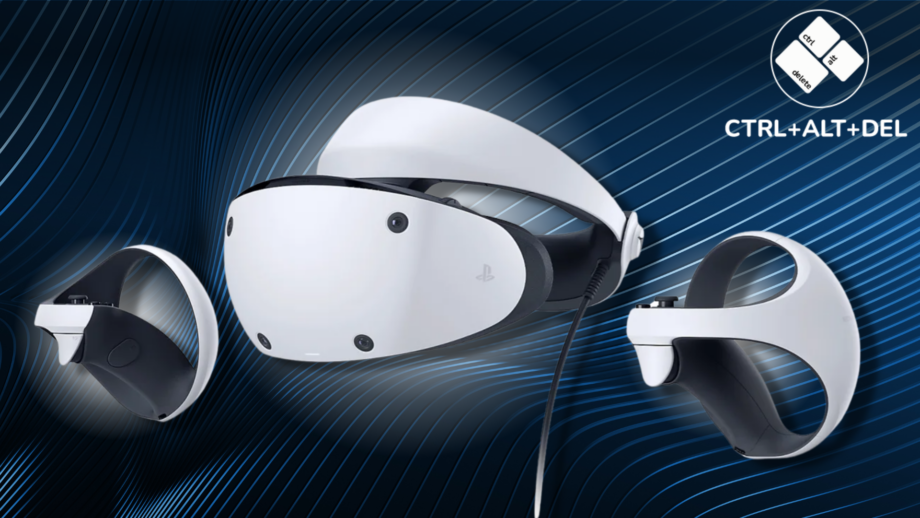
OPINION: The PlayStation VR 2 reviews went live this week, so I can finally tell you how much I love this new headset.
The 4K OLED screen is gorgeous, the controllers allow for natural interactions and the inside-out tracking provides pinpoint accuracy. In terms of hardware and specs, it’s hard to see where Sony could improve on its new headset even further, besides allowing backwards compatibility.
But there is one sticking point that makes the PlayStation VR 2 hard to justify, and that’s the price. At $549.99/£529.99, the PSVR 2 is even more expensive than a PS5 – and that console was hardly considered cheap when it launched two years ago.
That’s a hefty outlay for the headset, but it’s actually a comparatively low fee when you consider the specs. For example, the Meta Quest Pro recently launched with a retail price of $1500/£1499.99.
It is worth pointing out that the PSVR 2 doesn’t have an internal chip or storage like the Quest Pro, which would have helped Sony reduce its costs. But it’s still clear that Sony has had to subsidise the price when you consider how expensive the Vive Pro 2 headset is, which offers similar specs and also lacks an internal processor.
| PlayStation VR 2 | Meta Quest Pro | Vive Pro 2 | |
| Launch price | $549.99 | $1500 | $1399 |
| Screen resolution | 2000 x 2040 per eye | 1800 x 1920 pixels per eye | 2448 × 2448 pixels per eye |
| Screen technology | OLED | LCD | LCD |
| Field of view | 110° | 106° | 120° |
| Processor | N/A | Snapdragon XR2+ | N/A |
| Storage | N/A | 256 GB | N/A |
| Eye tracking? | Yes | Yes | No |
But despite Sony’s efforts, I still think the PlayStation VR is currently too expensive to appeal to mainstream gamers – the same market that makes up the main bulk of PS5 sales.
Having reviewed the PSVR 2 headset now, I believe Sony should have cut corners in order to reduce the cost of the headset. And the most expendable feature, in my opinion, is the eye-tracking technology.
This technology is so new that only a handful of headsets actually support it. Aside from the PlayStation VR 2, every other headset that packs the technology costs at least $1000 – so it’s a fair assumption that this tech isn’t cheap to implement. And yet, I’m not convinced that it’s an essential feature for VR (at least in terms of gaming) right now.
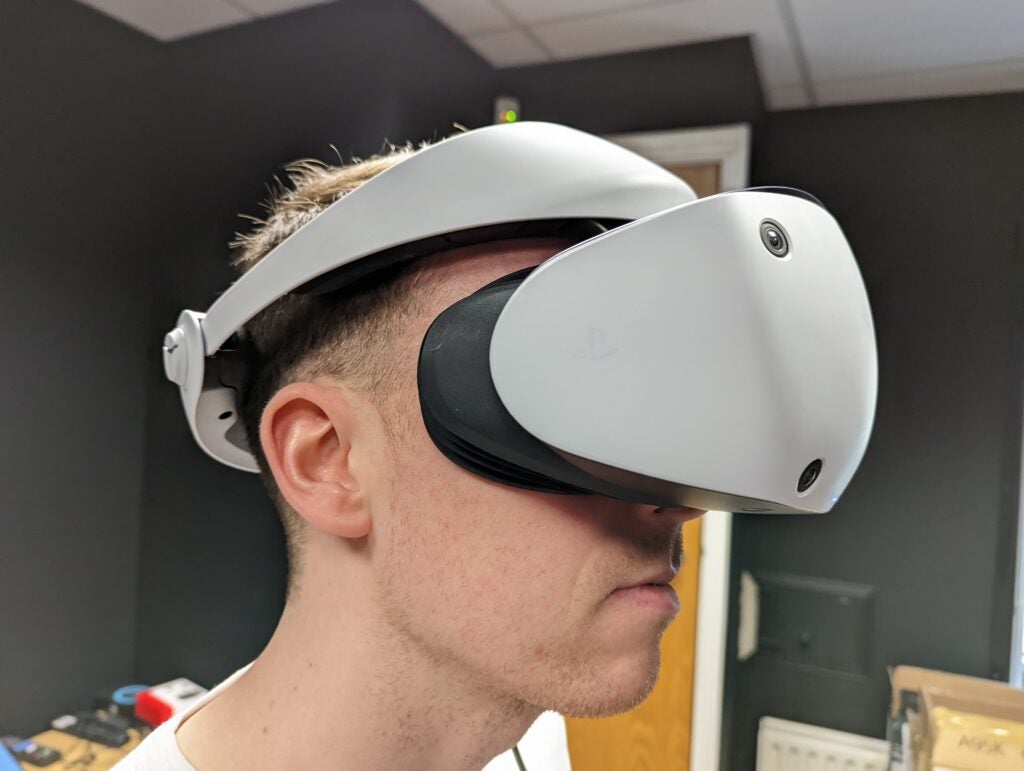
The main use of eye tracking is for foveated rendering. Since the headset is able to detect which part of an in-game environment you’re looking at, the PS5’s GPU is able to improve the pixel density in that area, while reducing the quality of your peripheral vision. It’s an efficient way to utilise the graphics power of your PS5, and will no doubt make the likes of Horizon Call of the Mountain look even better than it would otherwise.
Sony claims (via UploadVR) that foveated rendering results in 3.6x faster GPU frame times, which is a significant performance boost. But foveated rendering may not be as efficient as we initially thought, with John Carmack (former Chief technology officer of Oculus) suggesting that hopes for high-performance boosts are unrealistic.
You could also argue that the PlayStation VR 2 doesn’t really need a performance boost for the vast majority of VR games in its library – the PS5 is comfortably powerful enough to power experiences such as Beat Saber, Thumper, Moss and more. It’s a different story for games such as Horizon, but how many games of that calibre will actually arrive on that platform? It’s difficult to know at this point.
John Carmack instead suggests eye-tracking technology could be more useful for user interaction and in-game features.
There are already a few confirmed PSVR 2 games that will make use of eye-tracking technology. Rez Infinite will allow you to aim at targets with your eyes, in Tetris Effect you’ll be able to activate ‘Zone mode’ by closing your eyes, and in Switchback VR certain monsters will attack you whenever you blink.
But I was really disappointed to see that Horizon Call of the Mountain only uses eye-tracking technology for menu navigation. It’s odd to see the headset’s biggest launch game failing to make full use out of one the PSVR 2’s most exciting features.
As a result, I’m pessimistic that many big releases on PSVR 2 will actually make full use out of the eye-tracking technology. It may even be difficult to convince third-party developers to do so, as they’ll want to ensure cross-platform support for headsets such as the Meta Quest 2 which still lack the technology.
I’m sure eye-tracking technology will have a big impact on VR headsets in the future, especially for social apps where eye contact can help to improve social interactions. But right now, I think most people (including myself) would be happy to sacrifice the eye-tracking technology if it meant the PlayStation VR 2 became that little bit more affordable.
Ctrl+Alt+Delete is our weekly computing-focussed opinion column where we delve deeper into the world of computers, laptops, components, peripherals and more. Find it on Trusted Reviews every Saturday afternoon.


